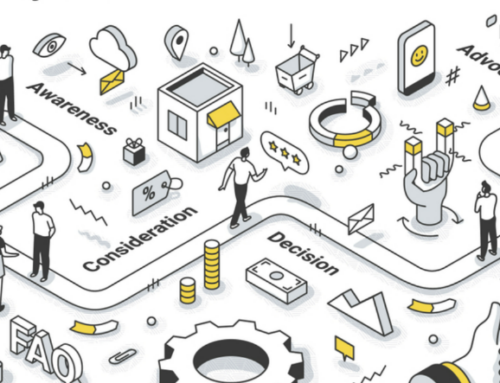About the author
Author: Miodrag Mirčetić, Board Member of Asseco South Eastern Europe Group
When thinking about a bank of the future not more than 10 – 15 years ahead, John Reed, ex-CIO of the Citi bank, offers one of the best definitions saying that, in the future, banks would be a collection of applications that work on an intelligent network. This vision pictures that all processes will be automated with almost zero need for manual work, paper documentation will be minimized and 95% of bank’s employees will do sales and servicing of the clients. Today, we are already witnessing the beginning of this vision as many non-banking institutions, such as telecoms, are breaking into the banking market.
But, where is this all coming from? How we work, communicate, shop, even how we play is changing. Lifestyles are changing faster than ever.
One very obvious trend is that the way customers want to consume banking services and products today is to consume them online, non-stop. Even more important are types of interactions or business they are performing online. People do not want to be bothered by the bank when they are involved in personal issues like speaking with friends, but they want to have the bank at their fingertips when entering a shop, for example.
When consumers want to buy something which requires a credit arrangement, or when they are searching for holiday offers on the Internet, it will be convenient if the bank offers a facility for a holiday loan at the moment they are searching for the vacation. It is not enough anymore that, after customers finish searching for the holiday, they need to go to a separate e-banking application and ask the bank for a loan. It is not good enough. The winners will know who is searching for a holiday, what is their financial position, their balance at the bank, and will offer them a loan for this purpose at the moment they are booking the trip. There are millions of such scenarios and user cases, which really need to become business as usual. The speed of these changes and their acceptance are faster and faster, which is putting a huge pressure on banks to innovate and transform the way they are operating. What is also interesting is that 30 years ago some trends, or innovations would come from more developed markets to less developed markets with a delay of 10 years or more. Then, this period shortened to few years and now it is 10 minutes. Global digital transformation of the society is in progress and this is affecting every business, including banking.
Let’s talk more about customer use cases and scenarios!







